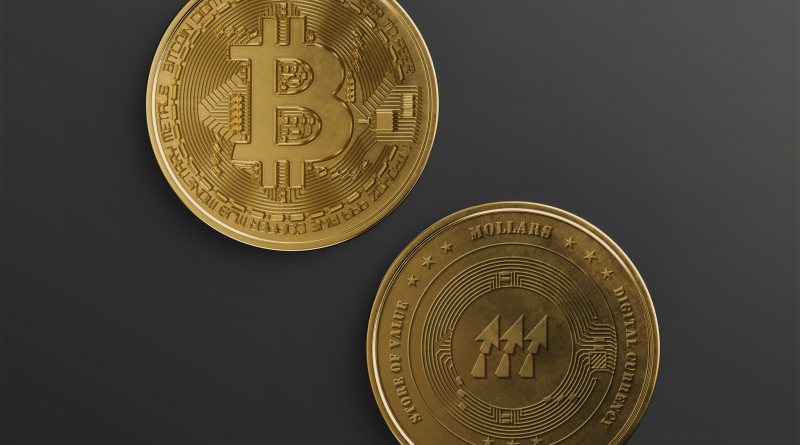If Mollars Becomes Ethereum Blockchain’s Bitcoin (BTC), ROI $100 Invest May Top US$138000
As Mollars gets ready for its grand debut on the Ethereum Blockchain, investors are rushing to purchase the new token at a discount, before it’s ICO on May 1st. Currently, $MOLLARS is selling for $0.50, and is expected to enter the blockchain valued at $0.62 if the presale hard cap is met beforehand.
The new token has caught the attention of several investment communities in the crypto realm. Holders of different currencies like Bonk Inu, Tether, Shiba Inu, and Ether make up the majority of investors buying $MOLLARS presale.
At this time of writing, the project records over $1.200.000 worth of $MOLLARS sold, as nearly 20% of the total maximum supply of the currency is already owned by the community. Even if Mollars does not meet the hard cap in time, a recent post by the project highlights its commitment to burning all unsold presale tokens before ICO.
Scarcity, a Driving Factor
Mollars has a total maximum supply of only 10.000.000 tokens. If this burn were to be made today, nearly 2.000.000 tokens would be extinct, leading to a significant decrease in token availability. To put it in comparison, this speculative burn would be equivalent to Shiba Inu deciding to burn over 250 trillion tokens in one sitting.
This decision further corroborates Mollars projections as a deflationary token capable of serving as a store of value on the Ethereum Blockchain.
How Mollars Protects Investments From Inflation
The aforementioned memecoin Shiba Inu faced several hardships over the past two years, due to its inability to keep its vast supply of nearly 1 quadrillion tokens in control. Since the 2020 burn performed by Vitalik Buterin, Shiba Inu holders had been led into believing that massive burns would occur periodically, so much so that it would affect the value of tokens in circulation as demand for a deflationary token increased.
However, unlike cryptocurrencies like Mollars, which has a scarce supply cap, Shiba Inu’s maximum supply limit can hit one quadrillion SHIB tokens. This means that despite burns occurring, the vast number of Shiba Inu tokens in existence could potentially lead to inflationary pressures.
This is because, even with periodic burns, the sheer volume of SHIB tokens means that a significant decrease in supply (and thus an increase in value) would require massive and frequent burns.
In the context of Shiba Inu, it’s important to note that no new tokens are being created or minted. However, given the vast initial supply of one quadrillion SHIB tokens, even with periodic burns, the sheer volume of SHIB tokens means that a significant decrease in supply (and thus an increase in value) would require massive and frequent burns.
If the rate at which SHIB tokens are being burned or used in transactions does not keep pace with the rate at which they are being bought or staked, the total supply of Shiba Inu in circulation could remain high. This large number of tokens in the market could potentially dilute the value of existing tokens, leading to perceived inflationary pressures on the Shiba Inu ecosystem.
Ultimately, it becomes increasingly difficult to provide utility to a token with such a large supply. On that note, Mollars will enter the market with a total max supply of less than half that of Bitcoin, the most notorious SoV currency in the crypto market.
Mollars Presale Performance and Comparison to ICO
The Mollars presale has witnessed significant traction, with over 110,000 tokens sold to crypto investors in a single day occurring several different times. This robust performance has translated into substantial financial gains, surpassing $1.2 million in total sales so far.
Comparing the Mollars token presale to traditional initial coin offerings (ICOs), it’s evident that Mollars has seen notable success. While many ICOs struggle to attract attention and funding, Mollars has managed to secure a significant amount of investment within a short period.
However, its success does not mean that the majority of the crypto market has got to know the project. Overall, the majority of investors tend to not put money into ICOs due to the risks these trades carry. This means that while $MOLLARS reached a market capitalization of over $1.000.000—the overwhelming majority of the industry hasn’t had the chance to purchase the token yet.
Post-ICO the currency is poised to be listed on new exchanges, which would have a remarkable impact on its adoption rate. Once it happens, all signs point to demand levels playing a significant factor in the value of each token, especially given the project’s limited supply.


